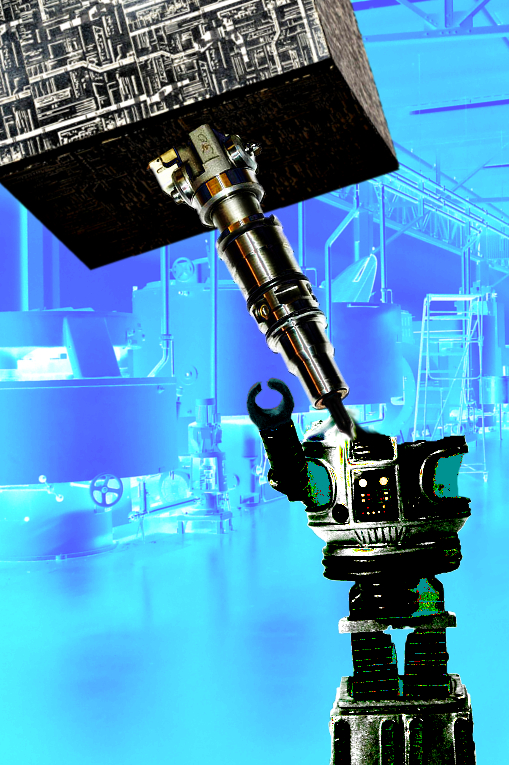High-tech help for home 3D printers
 Engineers are working on new substances that will allow 3D-printers to print functional devices.
Engineers are working on new substances that will allow 3D-printers to print functional devices.
Most of the existing plastics and polymers used in 3D printing objects are inert, but a team at the University of Melbourne is creating new materials that can use chemical reactions to perform functions in a particular environment.
One example is a product that can clean up environmental toxins. In experiments so far, a 3D printed polymer catalyst was placed in a yellow (contaminated) solution, which turned clear over time as the toxic substance was neutralised.
Importantly, the materials are being designed for use in domestic 3D-printers, so that the democratic power of the technology can be harnessed.
“We have developed interesting materials that can be printed on the more affordable range of 3D printers, like the ones you can buy in hardware shops these days,” said research engineer Dr Luke Connal.
“Basically we are trying to add function to these 3D printed objects. Rather than just having a inanimate printed object, we are creating something that you can do something else with,” he said.
Another idea being tested is for a material that can accelerate a chemical reaction by adding a catalyst for treatment of environmental pollutants and flow control.
The team has already created prototype flow regulation devices, consisting of a polymer valve that opens and closes to control the flow rate of water, dependent upon the pH of the water flowing through it.
PhD student Milena Nadgorny brought some vital industry knowledge, after having worked on inkjet printer research for tech firm Hewlett-Packard.
“We dreamt this up and Milena started it. Our expertise is making polymers. We saw the opportunity to make polymers that change shape or change properties with a trigger and we set out to develop methods to feed these polymers into a 3D Printer,” Dr Connal said.
The team says its project is challenging from both the synthesis and production side of creating the material. On the printing side, ensuring that the material has the right shape and complex properties to carry out its function, as well as being 3D printable, is particularly difficult.
A filament must first be produced, which can be fed into the printer, melted and 3D printed. Designing the chemistry and the properties of making the filament, determining the thermal properties and optimising the production conditions to make it printable is different for every substance.
Their efforts so far are described in a report published in the journal ACS Applied Materials & Interfaces.
“Very few scientists have dealt with this problem, because it is quite challenging. Our paper is one of the few in the field,” Ms Nadgorny said.
“This is early research for us in the area of functional polymers and 3D printing and we believe there is scope to further develop the work and to partner with industry in creating novel solutions with these new smart materials,” Dr Connal said.








 Print
Print